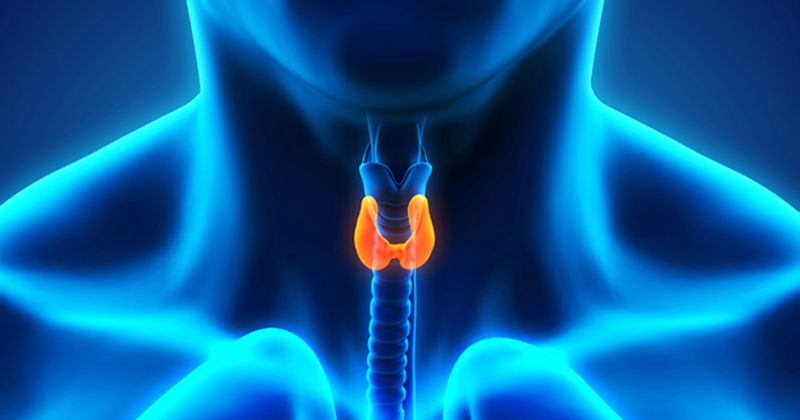Famine exposure in utero may worsen thyroid function in adulthood
Individuals exposed to the Great Chinese Famine in utero were more likely to have a higher thyroid-stimulating hormone level in adulthood compared with nonexposed people, with a stronger association observed among rural residents of China.
The Chinese famine, which lasted from 1959 to 1961, affected almost all people living in the Chinese mainland and resulted in an estimated 30 million excess deaths, Weiping Teng, MD, PhD, professor at the Institute of Endocrinology and the First Hospital of China Medical University, and colleagues wrote in Thyroid.

“Previous studies have found that famine exposure during the fetal stage significantly increased the risks of cardiovascular and metabolic diseases in adulthood, which suggested that famine exposure during the fetal stage might have effect on fetal programming,” the researchers wrote. “Previous studies also have reported that the hypothalamic-pituitary-adrenal (HPA) axis and pituitary-thyroid axis can be affected by prenatal malnutrition, which indicated that the fetal stage might be a crucial time for programming the hormone axis. However, famine exposure during the fetal stage have not shown an association with the HPA axis activity in adulthood in previous famine studies, and limited famine study has investigated the relationship between famine exposure and thyroid function in adulthood.”
In a cross-sectional study, Teng and colleagues analyzed data from 9,881 adults born between October 1956 and September 1964, using data from the TIDE study, which included a sample of people from 31 provinces in the Chinese mainland according to age, sex and urban-rural ratio of each community from China’s 2010 national census data. The TIDE study, conducted from 2015 to 2017, was designed to evaluate iodine nutrition and the prevalence of thyroid disorders in the Chinese mainland.
Researchers categorized participants into five groups according to their birth dates: those born between October 1956 and September 1958 (early childhood-exposed group; 23%); those born between October 1959 and September 1961 (fetal-exposed group; 19%); those born between October 1962 and September 1964 (nonexposed group); and those born between October 1958 and September 1959 (potentially exposed group A) and between October 1961 and September 1962 (potentially exposed group B) because it was not possible to determine their exposure to famine.
Researchers used the excess death rate of 100% as a threshold to categorize provinces as severely affected areas (excess death rate 100%) and less severely affected areas (excess death rate < 100%). Thyroid function and disorders were defined by binary logistic regression and linear regression analyses to assess associations between famine exposure in early life and thyroid function and disorders in adulthood.
Exposure to famine during the fetal stage was associated with a higher TSH level in adulthood (beta = 0.024; P = .038), compared with non-exposure. When stratified by region, the association persisted among rural participants only (beta = 0.039; P = .02).
“Our study found that famine exposure during [the] fetal stage was associated with a significantly higher TSH level in adulthood,” the researchers wrote. “After stratifying by living region, the association between fetal famine exposure and TSH level in adulthood was stronger among rural participants, but not in urban participants, which might be related to rural residents’ greater suffering ... during the Great Chinese Famine.”
The fetal-exposed group did not show a higher risk for thyroid disorders compared with the age-matched control group, including overt hyperthyroidism, subclinical hyperthyroidism, overt hypothyroidism, subclinical hypothyroidism, autoimmune thyroiditis and thyroid nodules (P > .05).
The researchers noted that, because the famine affected all areas in mainland China, the major limitation of the study was the inability to select participants who were not affected by the famine as controls. Additionally, the age differences between fetal-exposed and control groups may have biased the findings.
